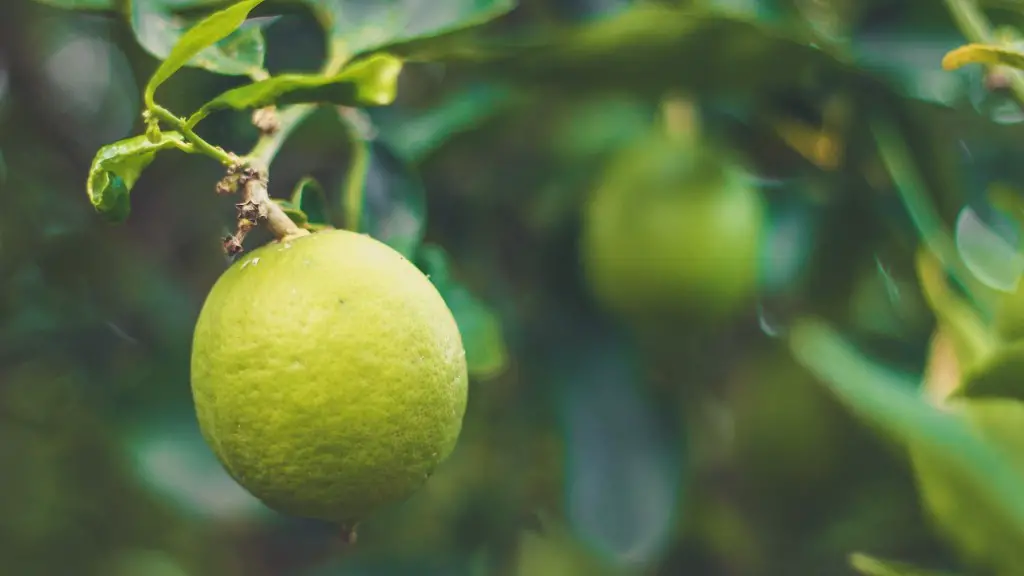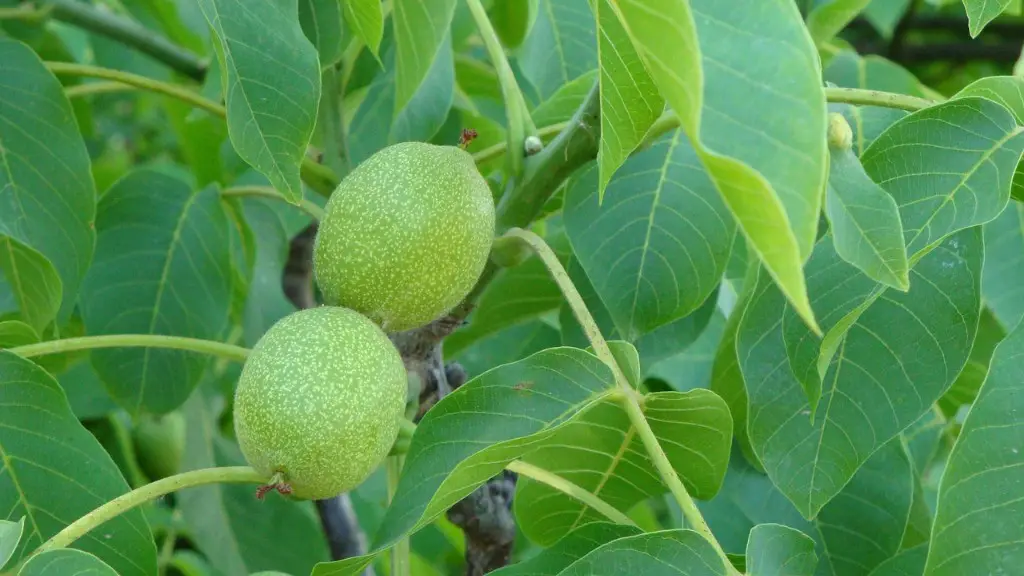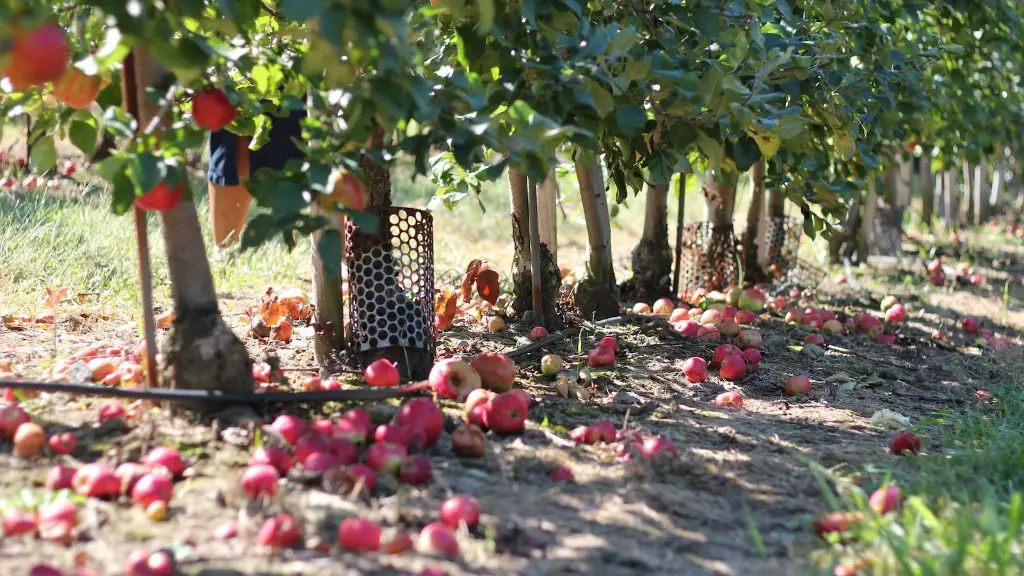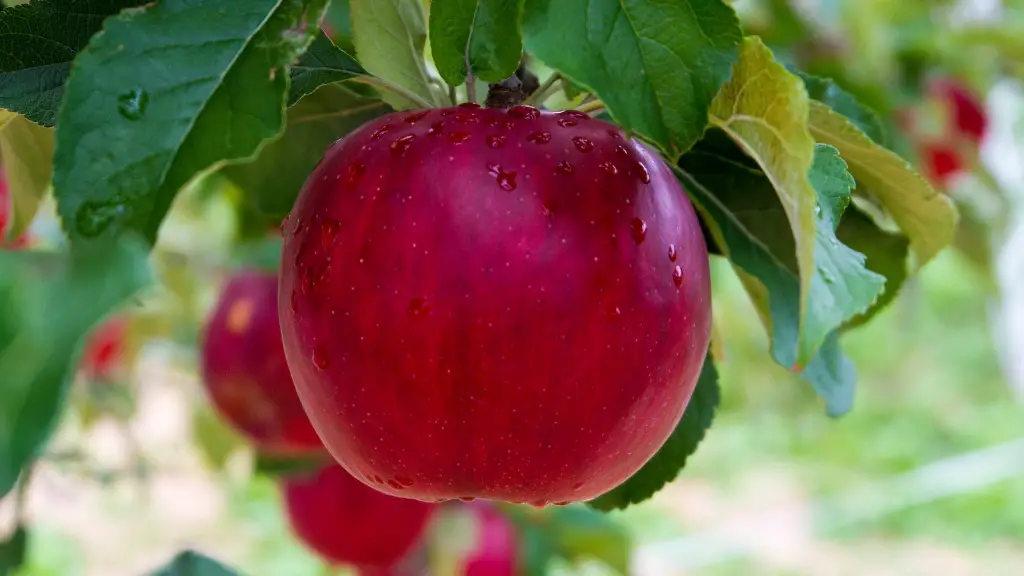Propagating a lemon tree from a cutting is a simple yet rewarding endeavour. It is important to understand the process fully so that this form of propagation is successful. The following steps will help to ensure that a lemon tree will thrive from its cutting:
Firstly, obtain a viable cutting. A cutting for lemon tree propagation should be healthy, with strong, vigorously growing foliage and woody stems. Measure the cutting’s length and cut it just below a bud or node that is at least two inches long. Make sure to remove any leaves from the bottom half of the cutting.
Next, prepare the cutting’s root system. Remove any excess leaves or branches that may inhibit the development of the cutting’s root system. Dip the end of the cutting into rooting hormone and then cover the exposed end with damp sphagnum moss. Wrap the moss in some thin plastic sheeting, creating a mini greenhouse.
Then, select a location where the cutting can be rooted. A location that receives bright indirect light and has adequate warmth is ideal. To properly aerate and water the cutting, place the cutting in a pot filled with a light, well-draining potting soil.
Finally, care for the cutting until it has established a healthy root system. Keep the soil around the cutting evenly moist. Periodically check for signs of root development, such as new leaves appearing or the soil temperature increasing. Once the roots have developed, slowly introduce the cutting to a more direct form of light exposure and increase watering. After two to three months, the lemon tree cutting should be ready for transplant.
Planting the Lemon Cutting
Once the lemon tree cutting has developed a vigorous root system and reached sufficient size, it can be transplanted into the ground. Choose an exposed location, preferably somewhere that gets direct exposure to the sunlight. Ensure that the soil is well-draining and high in organic matter. Dig a small hole and set the transplant into the ground. Prune any extra foliage that is left before the cutting is planted.
Cover the cutting with soil and tamp down gently. Immediately after planting, water the transplant generously. This will ensure that the soil is moist and all the newly planted roots receive adequate hydration. Continue to water regularly and keep the soil around the transplant sweet. In approximately two to three months, the transplanted cutting should be established in its new environment.
Proper Nutrient Intake for the Lemon Tree
Though propagating a lemon tree from a cutting can be a simple process, the tree still needs to receive enough nutrients from its environment in order to establish itself and thrive. Regular fertilization is essential. During the early stages, fertilizers with higher nitrogen levels should be used in order to encourage new foliage and roots. As the tree gets older, fertilizer should be used that contains more phosphorus and potassium for a higher levels of fruit production.
Different nutrients should also be applied in order to ensure optimal health of the tree. Compost, manure and other organic materials should be used to provide extra vitamins and minerals. Pruning should also be conducted regularly to encourage a more productive tree.
Pest Control and Avoidance
Regardless of whether a lemon tree is transplanted or propagated, it should still be treated with insecticides and fungicides. This is particularly true during the tree’s early stages of development when more vulnerable to pests and diseases. To further ensure the tree’s health, plant it in a well-sheltered location and periodically check the leaves for signs of any insects.
Other steps should also be taken in order to prevent the development of a pest infestation. Minimize the tree’s contact with weeds or other citrus plants, as this can spread disease. Periodically rotate the crops in the area in order to reduce the chance of pests or fungi clinging to the tree.
Watering the Lemon Tree
If propagated correctly, a lemon tree will require regular watering in order to thrive. During the summer months, the tree should be watered more frequently due to more intense heat. During the winter, less water should be given as this time of year is cooler and rainy. Overwatering the tree can lead to root rot, so it is important to ensure that the soil drains well and that the water does not stand for too long.
Also, make sure that the soil does not dry out for too long. More frequent watering should be done during the hotter months and occasionally during the winter months. Mulching can be used to help conserve moisture, as this will keep the soil around the tree cooler and more hydrated. While mulching can be beneficial, make sure not to use too much as this can induce rotting.
Harvesting the Lemons
Once the lemon tree is established, it should be pruned regularly and harvested when the lemons are ripe. Ready-to-harvest lemons will typically have a soft-to-the-touch exterior and an intense yellow color. If the skin of the lemon is still green, the harvest should be postponed until the lemon matures more. Care should also be taken when harvesting, as to not damage the tree.
When harvesting lemons from the tree, grab them from the stem and gently twist until freed. As opposed to cutting the lemon, this is a far gentler method and will reduce the chance of damaging the tree or any other fruit that has yet to mature. Always clean the tools used for harvesting and wear gloves. All harvested lemons should be refrigerated and consumed within two to three days.
Disease Prevention and Treatment
If not properly cared for, lemon trees can be afflicted with various diseases. The most common of these illnesses are caused by bacteria, viruses and fungi. Regulated watering, fertilization and proper pruning can all help to minimize the risk of disease. However, if the disease has already become established, treatment should be initiated immediately.
In the event that a lemon tree is afflicted with disease, it is important to contact a professional to identify the specific cause and initiate treatment. Utilizing organic pesticides, fungicides and other treatments can help to treat the illness and, if successful, reduce the likelihood of reoccurrence in the future.




